Home> Company News> A Survey of Compressibility of Medicinal Powders
- AddressNo.4087 SHAHEXI ROAD, TIAOQIAO DISTRICT,JINAN,CHINA
- Factory AddressNo.4087 SHAHEXI ROAD, TIAOQIAO DISTRICT,JINAN,CHINA
- Worktime9:00-18:00
- Phone(Working Time)0531-85064681
- Phone(Nonworking Time)86-18660125156
- Fax0531-85064682
A Survey of Compressibility of Medicinal Powders
2018-12-18 15:54:21Compressibility of powders is widely studied in powder metallurgy, ceramics and other industrial production. In the field of pharmacy, many problems such as powder compressibility and tablet formability will arise in the development, pilot scale-up and production of new products of tablets and other solid preparations.
Microwave medicinal powder Pyrolysis and Assisted Extraction System
Pharmacists have made a thorough and detailed study on the mechanical properties, physical properties and compression formability of pharmaceutical powders, which are closely related to granulation and tablet-pressing process, drawing on the research results in these fields.
Microwave Heating Machinery and Equipment
The development of tablet pressing technology was promoted.
Because the medicinal powder is softer than the metal and mineral powder, the strain degree is greater under compression, so there is the problem of work hardening.
This shows that the compressibility of medicinal powder is quite different from that of metal and mineral powder, so the research on medicinal powder has its own characteristics.
Tablets refer to tablets prepared by pressing after uniform mixing of drugs and excipients. They are one of the most widely used formulations in modern pharmaceutical preparations.
Compressibility and formability can be used to evaluate the compressibility of powder.
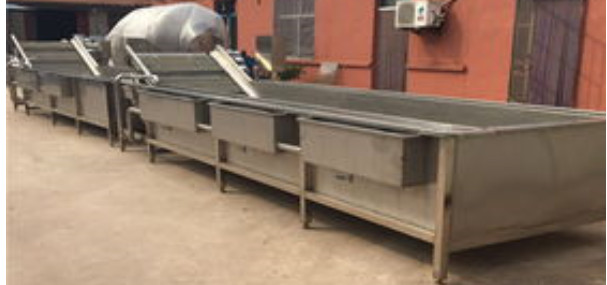
According to the preparation process of tablets, the study of compressibility of medicinal powder can be carried out according to the research ideas of powder properties, the relationship between powder and particle strength properties, the relationship between particle properties and mechanical properties of tablets, and the relationship between powder properties and mechanical properties of tablets, so as to achieve the purpose of predicting mechanical properties of tablets by powder properties.
A Study on the Theory of Powder Compression Different theories have different explanations for the formation or structure of tablets. 1.1 General Bond Rationality Theory
The theory holds that tablets are compacted bodies composed of powder particles through bonds. The strength of tablets is the external expression of the sum of all kinds of interaction forces between particles in tablets.
It has directionality and is strong in one direction.
Degree is the resultant force of all forces in this direction. The theory is intuitive, clear and easy to understand. Adolfs on et al. [1] proceeded from the theory of total bond rationality of tablet structure.
Three main intergranular bonding forces are analyzed: one is the weaker distance-related forces (van der Waals force, hydrogen bonding force and electrostatic force); the other is the solid bridge, which has strong bonding effect once formed; and the third is the mechanical occlusion and friction.
Distance-related forces exist widely in various tablets; solid bridges only occur in some tablets, and their formation depends on the chemical structure of the substance; mechanical occlusion occurs mainly in particles with rough surfaces, such as microcrystalline cellulose, whose main bonding mechanism is mechanical occlusion.
The mechanical strength of tablets is determined by the intergranular bonding force and the actual bonding area. As long as the bonding force and the bonding area are known, the mechanical strength of tablets can be calculated. However, the interaction force between particles is very complex, it is impossible to analyze and calculate all the binding forces one by one, and the types of forces can not be clearly defined.
It is possible that statistical analysis errors may occur due to the omission of some forces. These are the factors that lead to the limitations of the theory in practical application.
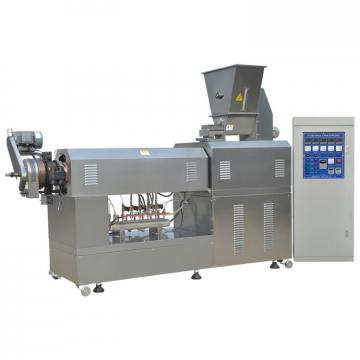 Factory Fruit and Vegetable Processing Machines/Quick Frozen Line/Food Processing Production Line for Daylily Production Line with High Output
Factory Fruit and Vegetable Processing Machines/Quick Frozen Line/Food Processing Production Line for Daylily Production Line with High Output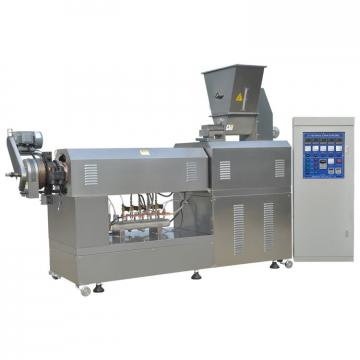 Factory Direct Sales PS Styrofoam Food Container Production Line
Factory Direct Sales PS Styrofoam Food Container Production Line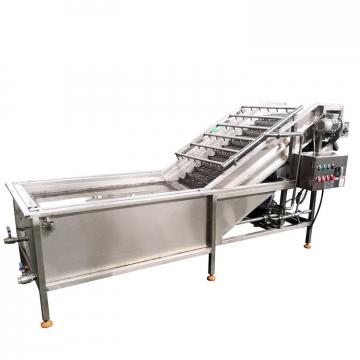 Complete Pure / Mineral Drinking Bottled Water Production Line Factory in Beverage / Food Area
Complete Pure / Mineral Drinking Bottled Water Production Line Factory in Beverage / Food Area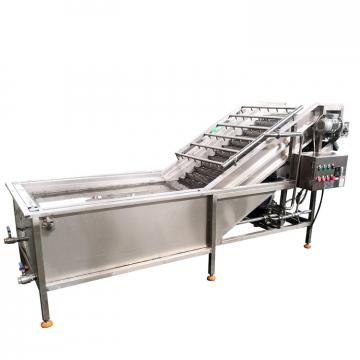 Cheetos Fried Food Production Factory Extruder Processing Line
Cheetos Fried Food Production Factory Extruder Processing Line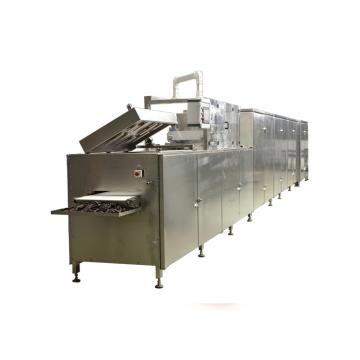 Automatic Mini Food Factory Macaroni Processing Line Pasta Production Line
Automatic Mini Food Factory Macaroni Processing Line Pasta Production Line
